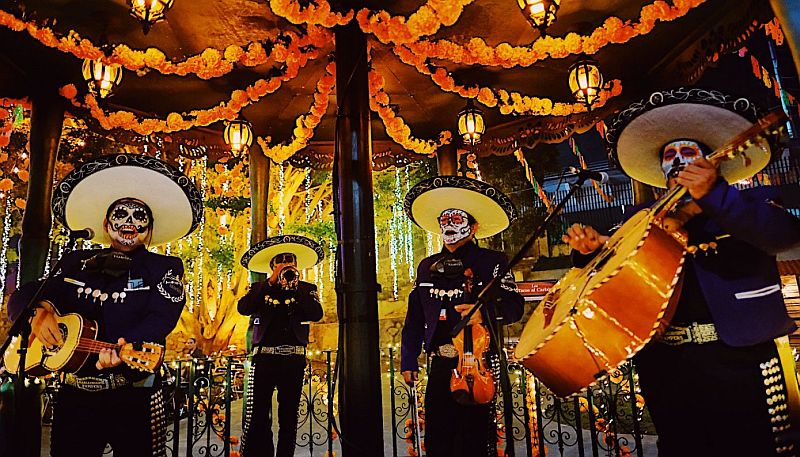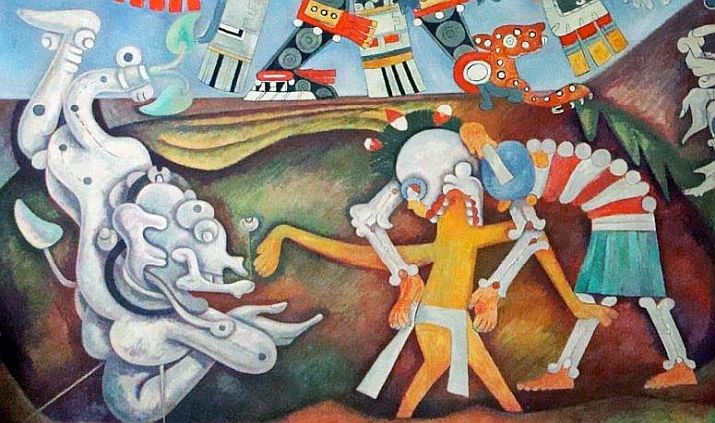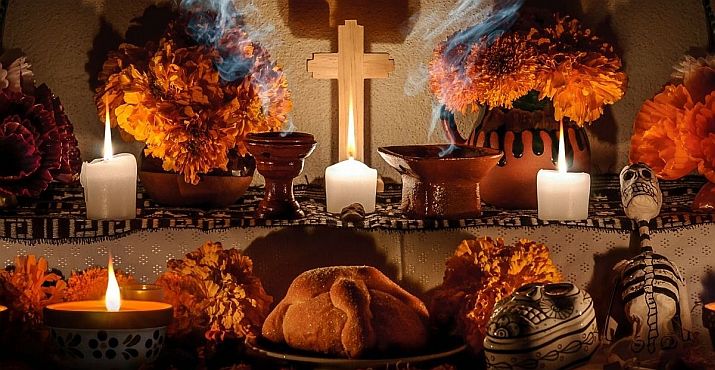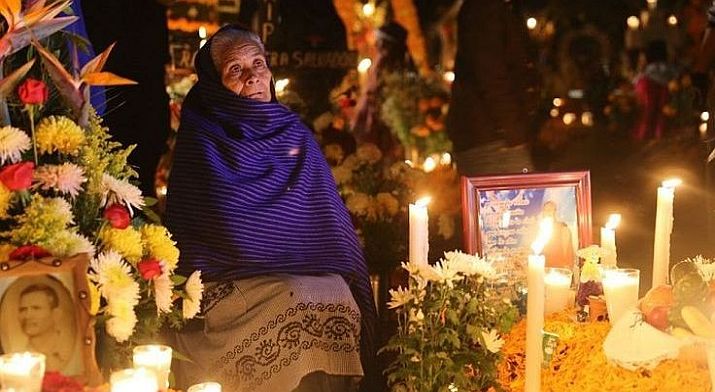
Each year, as October fades into November and the air begins to cool, families across Mexico prepare for Día de Muertos, the Day of the Dead. It’s a tradition unlike any other.
During this sacred time, it’s believed that the souls of departed loved ones return to the world of the living for a brief and beautiful reunion. It’s not a time for mourning, but rather for celebration. It’s a joyous remembering of lives once lived, and a reaffirmation of the eternal bonds that unite us with those who have gone before.
Día de Muertos is deeply rooted in a blend of Mesoamerican ritual, Catholic faith, and Spanish culture. While the official dates of the celebration are the first and second of November, the spirit of the season extends beyond these two days. November 1 is known as Día de Todos los Santos, or All Saints’ Day, and it’s a day dedicated to the souls of children and the innocent. November 2 is the true Día de Muertos, when adults who have passed on are honoured.
In recent years, however, the tradition has expanded to include more personal and specific commemorations, creating an extended period of remembrance that begins on October 27. Days are set aside to remember and honour beloved pets, those who died in accidents or violent circumstances, those lost to drowning, and forgotten and lonely souls.
These additional days speak to the compassion and inclusivity of the culture that keeps this tradition alive. No soul is left unacknowledged. Every life, regardless of how it ended, is worthy of fond remembrance.

The origins of Día de Muertos stretch back more than three thousand years, to the ancient civilisations of pre-Columbian Mesoamerica. Among the Aztecs and other Nahua peoples who once lived in what is now central Mexico, death was never seen as an end, but as a vital part of the eternal cycle of existence. These cultures held a cyclical view of the universe, where life and death weren’t opposing forces but rather twin aspects of the same great mystery.
When someone died, it was believed their soul began a long and difficult journey through Chicunamictlán, the Land of the Dead. This passage involved travelling through nine challenging levels, a process that could take several years. Only after overcoming these trials could the soul finally reach Mictlán, the place of final rest. Death, in this view, was not something to be feared but something to be understood and honoured.
To welcome home the souls of the departed, families create ofrendas. These altars are lovingly built and decorated in homes and public spaces. They’re expressions of memory and devotion, filled with photographs, treasured belongings, and the favourite foods and drinks of those who have passed.

Every item has a purpose, and every detail speaks to a story once lived. The ofrendas aren’t only meant to honour the dead, but to also tempt them back by way of offering them something familiar, comforting, and warm. It’s a gesture of love across worlds. It’s a way of saying, “You are still a part of us, and you are still welcome here.”
No altar would be complete without marigolds, or cempazúchitl, their Náhuatl name. These vibrant orange and yellow flowers are believed to guide spirits with their bright colour and strong fragrance. Homes and cemeteries alike bloom with these blossoms during the celebration, creating paths of petals that symbolically lead souls back to their loved ones. Their beauty adds to the joyful spirit of the season, reminding everyone that this is a time to celebrate, not to grieve.
A traditional food found everywhere during Día de Muertos is pan de muerto, or bread of the dead. It’s a sweet, soft bread, often decorated with bone-shaped designs, and sometimes flavoured with oranges and cherries. Families gather to share it with one another, and a portion is always placed on the altar for the returning spirits, giving them energy and strength for their long journey. Alongside it, one might find tamales, hot chocolate, atole, or even a bottle of a favourite drink. The combination serves as a small but meaningful indulgence to remind the dead that they’re remembered not just in spirit, but in taste, in texture, and in love.

What makes Día de Muertos so extraordinary is the way it embraces death without fear. While many cultures view death with solemnity or dread, here it is greeted with music, laughter, and colour. Families clean and decorate graves, sometimes spending the entire night in cemeteries, surrounded by candlelight and companionship.
Skeletons, known as El Catrín and La Catrina, aren’t grim or frightening. They’re dressed in elegant clothes, often laughing or dancing, as though to remind us that death, too, can smile.
I am not a religious woman, but I find something profoundly moving in this tradition. There’s a wisdom in it. There’s an understanding that death isn’t a full stop but a comma. It’s a pause in a far longer sentence.
It’s comforting to think that those we love are not truly lost to us, that they return, even briefly, when we remember them. Día de Muertos reminds us that memory is powerful, that love outlives the physical, and that presence can exist even in absence. Our loved ones live on in our gestures, in our laughter, in the way we tilt our heads or hum a tune, in our values, and in the stories we tell. And if they live on in us, then so shall we live on in those we leave behind.
In this way, Día de Muertos becomes not only a tribute to those who have died but a guide for those who are still living. It asks us to be people of kindness, generosity, light, and love. It asks us to live lives worth remembering.
It reminds us to cherish every day, to create beauty while we are here, and to leave something behind that will keep us alive in the hearts of others.
There is, I believe, no more glorious reminder than that.

Charlotte Smith is an award-winning writer and journalist based in Mexico. Her work focuses on travel, politics, and community. You can follow along with her travel stories at salsaandserendipity.com.




